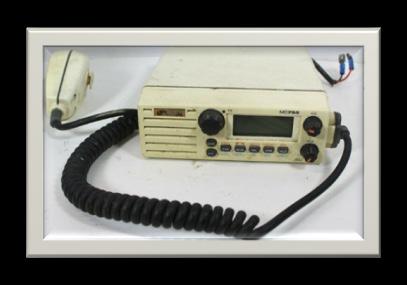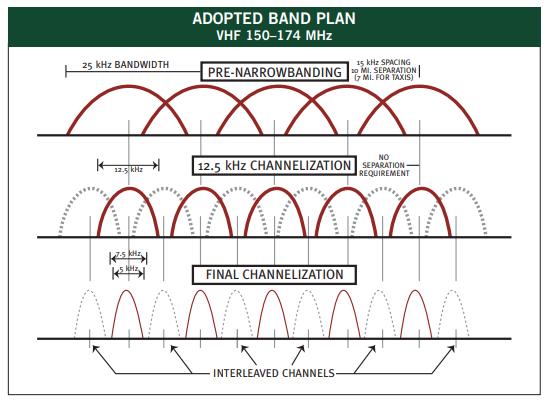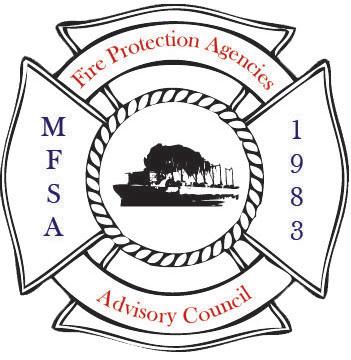
5 minute read
Maritime Fire & Safety Association
RADIO INFRASTRUCTURE UPGRADES
The Maritime Fire & Safety Association (MFSA) maintains and operates a radio communications system that serves the commercial vessels that call on the Lower Columbia River system. The Merchants Exchange 24/7 Marine Operations Services department, or MarOps, monitors this radio system as part of their vital service to the industry. As we are just undertaking a significant upgrade of this system, we wanted to review where it got its start. • Tactical repeater operations to allow for geographically specific private communication capabilities.
Advertisement
• Enough equipment to increase the public and commercial radio frequencies carried.
• Expansion capacity for future growth.
The design work provided by ADCOMM Engineering involved identifying various options for tower sites, assistance with obtaining property owner permissions and lease agreements, permits from local authorities, FCC licensing for the identified frequencies and obtaining and reviewing proposals and quotes for all the various components. It was a huge undertaking.
At that time, an agreement was put in place between the MFSA and the Oregon State Police (OSP). The OSP was given access to our system in exchange for OSP performing maintenance on the system.
The system has seen a number of upgrades over the years. In 2003, a decade after it was built, the system underwent a complete review by ADCOMM. This included everything from inventorying equipment age and service issues, identifying tower site maintenance deficiencies (as OSP began to lose funding for staff to perform the work) and looking outside to industry trends and future regulatory changes.
Interoperability was becoming a major buzz word. Systems needed to be engineered to ensure that various entities with different styles and types of communication equipment could reliably talk with each other. This specifically applies to public safety service providers needing to communicate with responders, including voice and data transmissions, in real time during disasters.
Figure 1A 1990s era marine radio Back in 1991, the Merchants Exchange capabilities of communicating with river traffic was limited to one radio transmission site and three channels. The members and board of the MFSA recognized the potential for disastrous situations that could result from such a limited communication system in the event of a shipboard fire, oil spill or other emergency along the river.

Federal funding was obtained to address this and a study was done to determine necessary infrastructure to fill this gap. The system was designed to be easy to operate while providing a significant improvement in the radio capabilities for vessel traffic. The system included: • A command-and-control repeater using simulcast technology to provide private unitto-unit coverage from Astoria to Portland.
The Federal Communications Commission (FCC) had also introduced rules requiring that most UHF or VHF frequencies, with the exception of marine channels, undergo “narrow banding” by the year 2013. The purpose of the mandate was to promote more efficient use of the VHF and UHF land mobile bands. By requiring that each frequency that was licensed take up less “space,” more frequencies were available for use. redundant (overbuilding) analog microwave system with telephone company T-1 circuits to ensure connectivity between sites.
In 2008, an award of Port Security Grant Program (PSGP) funding was made to the Merchants Exchange which supported a Radio Communications Interoperability (RCI) Project that benefited MFSA.
The project identified the communication gaps, the equipment, and resources available, developed an interoperability response plan, purchased needed resources, provide training and exercises, and follow up with evaluation and recommendations.
Further funding then allowed the MFSA to start a major upgrade of the system, beginning in 2010. This project included the transition from analog to digital microwave, as well as most of the other recommendations from the 2003 study.
Figure 2 Impact of narrow banding
Although the rule didn’t directly impact our marine channels, the undesirable result was that some of the MFSA channels now had licensed frequencies immediately adjacent to frequencies we used. This could potentially cause interference.
The 2003 study recommended updating many system components that had reached or were approaching their end-of-life / end-of-service dates. This included dispatch consoles, VHF base stations and repeaters as well as significant structural improvement to the radio sites.
Although funding was not immediately available to address all of the issues identified in this report, a decision was made to invest in building a In addition, once the narrow banding had been finalized, specialized “crystal” filters were installed at all locations to provide precise control over what radio transmissions were allowed to be received by our system. These filters were in place by 2015.
The current update that is getting underway involves replacing the remaining analog components with digital, as well as transitioning to a completely IP based system. The outdated equipment had reached its end-of-life in most cases. Newer equipment is more compact and tends to rely on software to perform functions rather than separate pieces of hardware. The technology transition to IP also allows remote inspection, diagnostics and repair of many situations.
The goal is to complete the project by late spring of 2023.
For more information, please visit our website: www.mfsa.com Holly Robinson, General Manager: robinson@pdxmex.com Mason Sullivan, Administrative Coordinator: sullivan@pdxmex.com


SPOTLIGHT ON FPAAC’S UPCOMING SPECIALIZED TECHNICIAN LEVEL TRAINING
MFSA has received funding by way of the 2021 Port Security Grant Program (PSGP) that will, among other projects, allow FPAAC to send 30 Technicians to a specialized livefire training in Texas. Live fire training is part of the overall Technician Training Program and is critical to an effective shipboard fire response. The Texas A&M Engineering Extension Service (TEEX) offers training programs to public safety workers around the world and will be the site of FPAAC’s 3Q Technician Level Training during the first week of November this year. This facility is the largest in the United States, and contains over 130 training stations, 22 live-fire props, full-scale buildings, tanks, and a ship that enables trainees to experience lifelike situations.
The purpose of the program is to further develop a deployable cadre of personnel from participating FPAAC agencies with the purpose of being better prepared to respond to marine incidents on the Lower Columbia and Willamette River Maritime Transportation System. This program is unique to the region and a potential model for other port areas throughout the country. The Technician program consists of approximately 40 firefighters from 13 public firefighting agencies in Oregon and Southwest Washington who are proficient in every aspect of a marine “All Risk” response. MFSA is committed to providing quarterly Technician level marine firefighter training opportunities for the agencies participating in FPAAC so that skills and knowledge stay current and are regularly exercised.

In addition to the fire planning aspect, MFSA owns and operates an area-wide radio system from four tower locations between Portland and Astoria. In the event of an incident response, this communications system will play a vital role in an effective response.
Photo: Ship deck burn prop in use at TEEX








